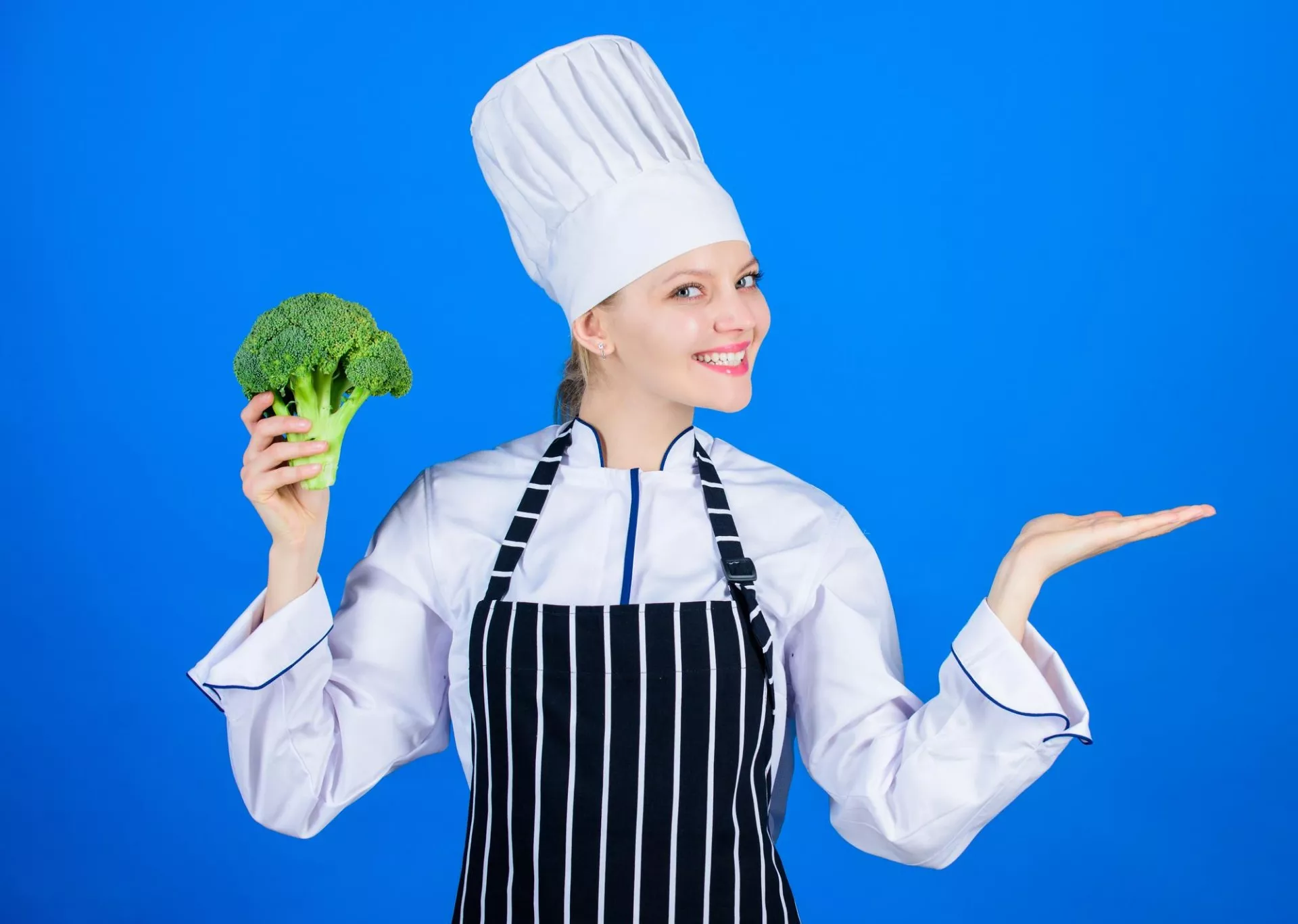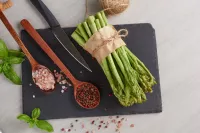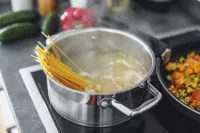Tips for Cooking Broccoli
- Choose the right broccoli. There are three types of broccoli, each with a slightly different taste and texture: Chinese broccoli, also known as “gai lan,” has long, thin stalks and small heads with a slightly bitter taste; Broccolini has thin stalks and large, tender heads; and regular broccoli has thick stalks and large, compact heads. Experiment with all three to find your favourite.
- Pre-heat the pan. By heating the pan before adding the broccoli, you will help it retain more moisture. Add broccoli to a cold pan and it will immediately sputter and steam.
- Avoid over-cooking. To check doneness, pierce the broccoli with a fork. If it goes in easily, it’s done.
- Add broccoli at the end. Add broccoli at the end of the cooking time to avoid overcooking. For example, if you are boiling broccoli, add it to the water at the last minute so it can still retain its texture and nutrients.
- Avoid boiling broccoli. Boiling broccoli will leach out many of its nutrients. Instead, use on of the other methods explained below.
How to Steam Broccoli
Steaming broccoli, rather than boiling it, results in a more flavourful and nutritious vegetable. To steam broccoli, fill a pot with 1 inch of water and place a vegetable steamer basket inside. Bring the water to a boil and then add the broccoli, leaving the stem ends exposed. Cover the pot with a lid, reduce the heat and let the broccoli steam for 3 to 5 minutes, depending on how tender you like it. For a different twist, try adding a dash of lemon juice to the water for a bolder flavour. You can also experiment with different seasonings. Add a sprinkling of salt and pepper to taste, or try a dash of nutmeg, cayenne pepper or a small pinch of red pepper flakes.
How to Roast Broccoli
Roasting broccoli gives it a nutty, roasted flavour that pairs well with just about any main dish. To roast broccoli, preheat the oven to 400 degrees F. Break or cut the broccoli into florets and place in a bowl. Drizzle with 2 tablespoons of olive oil (or another oil of your choice) and season with salt and pepper. Toss the broccoli until well coated. Transfer the broccoli to a baking sheet and bake for 15 to 20 minutes, until the edges are browned and the broccoli is tender. For a creamy alternative, drizzle the broccoli florets with melted butter or a tablespoon of melted coconut butter. Try blending together butter and a handful of Parmesan cheese for a deliciously rich topping. Or, for a more savoury roasted broccoli, add a pinch of cayenne pepper.
How to Make Baked Broccoli
Some prefer the texture of baked broccoli to that of roasted broccoli. If you prefer baked broccoli to roasted broccoli, follow these instructions. Preheat the oven to 350 degrees F. Break or cut the broccoli into florets, discarding the fibrous stems, and place in a baking dish. Drizzle with 2 tablespoons of olive oil (or another oil of your choice) and season with salt and pepper. Toss the broccoli until well coated. Bake the broccoli for 12 to 15 minutes, until tender. Try adding a dash of garlic powder or dried minced garlic for a more savoury touch. Or, mix things up with a blend of Parmesan and cheddar cheese, or a little ranch dressing.
Summary
Hopefully you now understand that there really isn’t much to cooking broccoli. It is a fantastically versatile vegetable that can be eaten as a side or even be the main dish. There are many different ways to cook broccoli including boiling, steaming, roasting and baking. You can also eat broccoli raw by adding it to salads, and this obviously doesn’t require any cooking at all. Regardless of which method you choose, as long as you don’t over boil it, you will be able to enjoy all the healthy benefits that broccoli delivers as well as an absolutely delicious dish.

 How to Cook Asparagus
How to Cook Asparagus How to Cook Pasta
How to Cook Pasta



